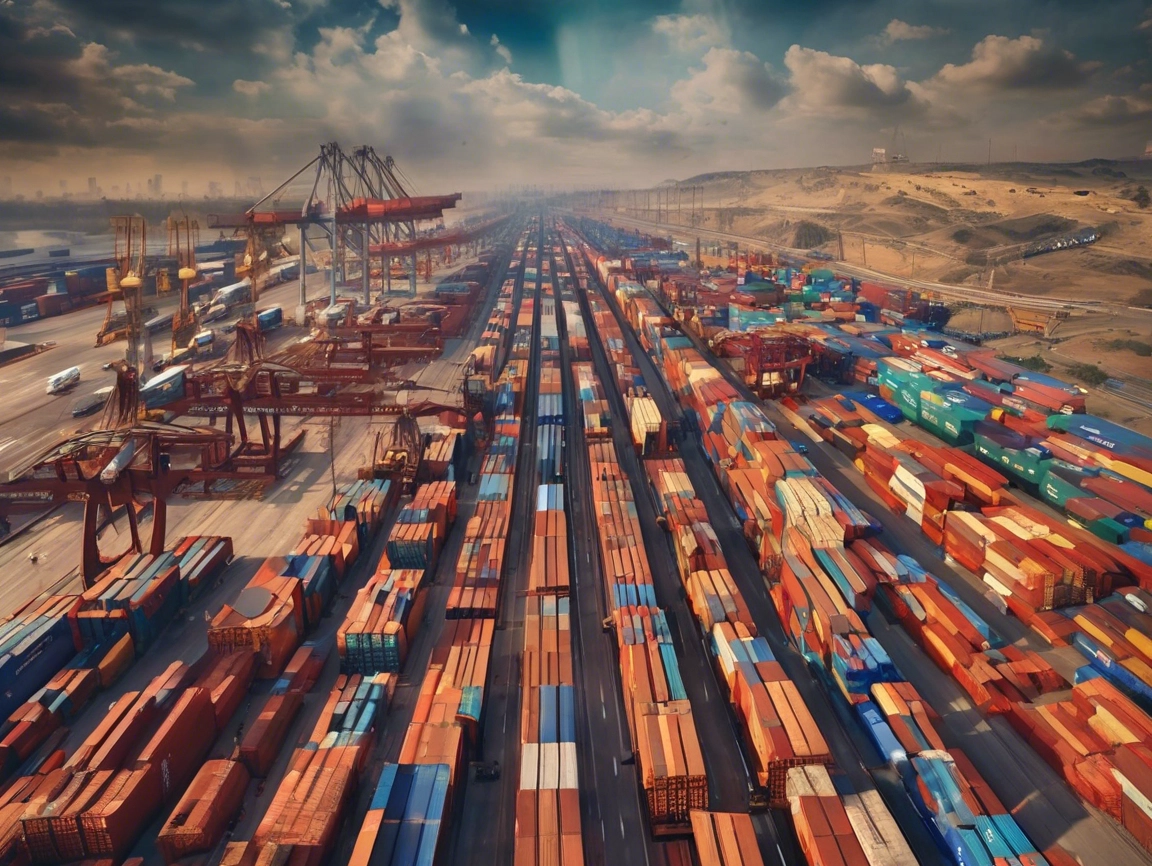
India Joins Global Economic Corridors Across Eurasia to Boost Trade
- admin
- June 18, 2025
- Economy, Global Business
- India
- 0 Comments
Strengthened Partnerships Enhance Connectivity and Regional Influence
New Delhi, India: India has solidified its role as a critical player in global trade by joining major economic corridors spanning Eurasia. These initiatives, formalized at the recent Eurasian Economic Forum, aim to enhance connectivity, streamline logistics, and boost trade ties with key global partners.
With projects like the International North-South Transport Corridor (INSTC) and the India-Middle East-Europe Economic Corridor (IMEC), India is strategically positioning itself to diversify trade routes and reduce dependency on traditional maritime pathways.
Key Highlights of India’s Role
1. International North-South Transport Corridor (INSTC)
- Linking Mumbai to Moscow via Iran and Central Asia, this 7,200-km corridor reduces freight transit time by 40% and costs by 30%.
- India’s trade with INSTC nations increased by 28% in 2023-24.
2. India-Middle East-Europe Economic Corridor (IMEC)
- Announced at the G20 Summit 2023, IMEC connects India to Europe via the Middle East, emphasizing trade in goods, green energy, and digital connectivity.
- The corridor supports India’s goal of becoming a global hydrogen export hub.
3. Chabahar Port Gateway
- India is leveraging Chabahar Port in Iran to access Central Asian markets, bypassing traditional maritime chokepoints.
Economic Impact
- Trade Growth: IMEC and INSTC are projected to boost India’s trade with Eurasian nations by 35% by 2027.
- Job Creation: Over 2 lakh jobs in logistics, manufacturing, and infrastructure are expected in the next five years.
- Investment: India has attracted $12 billion for these projects from partners like the UAE, Saudi Arabia, and Russia.
Strategic Significance
India’s participation in these corridors enhances its regional influence, counterbalances China’s Belt and Road Initiative, and fosters resilience in global supply chains.
While challenges like geopolitical instability and infrastructure gaps persist, India’s proactive engagement underscores its ambition to lead in global trade and connectivity.



